What Do I Look For In A Pair Of New Running Shoes?
Aug 25, 2022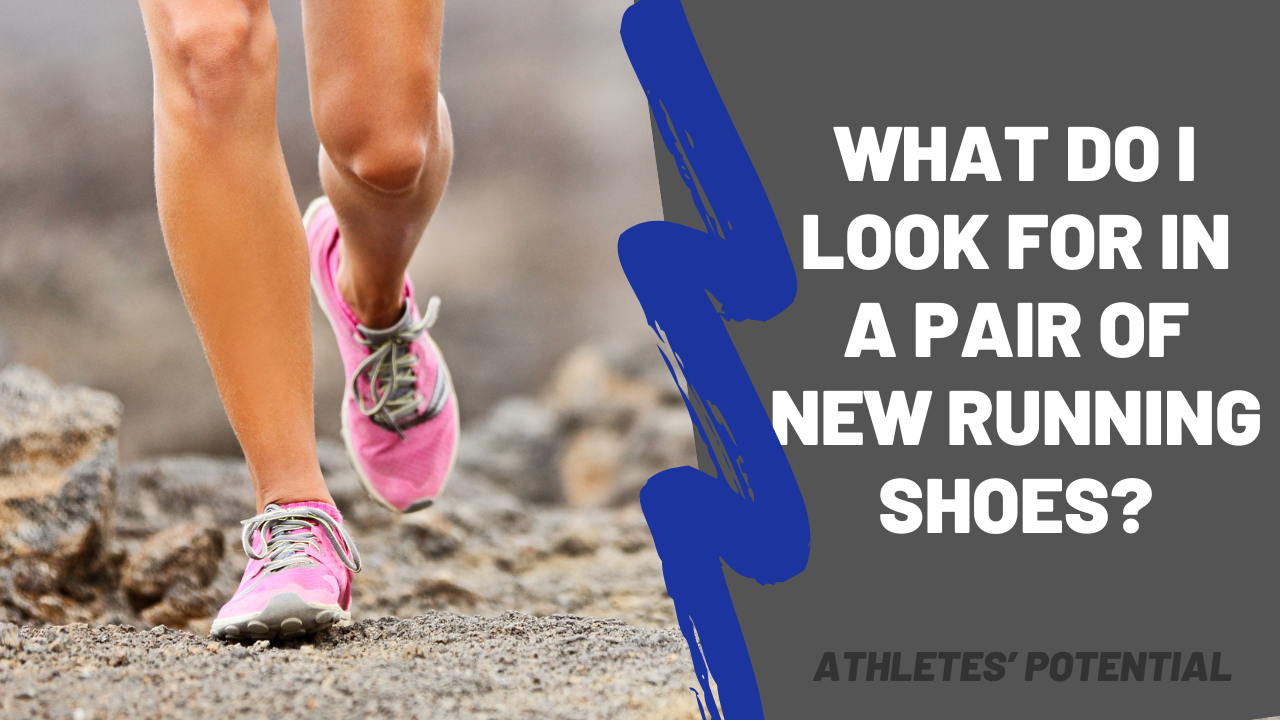
As the weather continues to warm up and we begin to look towards the outdoors for a return to running, let's give a quick rundown of what to look for when purchasing running shoes. The shoe is obviously the most important piece of running equipment. Shoes make contact with the ground, provide cushion between our body and the running surface, and affect how we absorb those loads while out for a run.
Here are a couple of factors to think about when looking for a running shoe:
The Brake Test
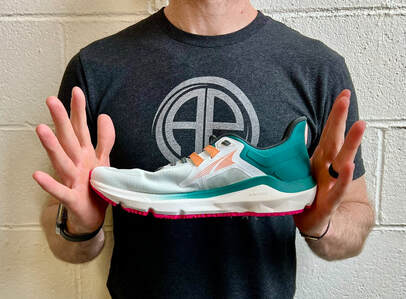
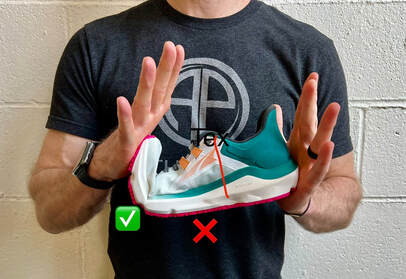
Midsole Drop or Offset (see pictures below)
The drop in midsole height is the height difference between the heel height and the forefoot height of the shoe.
A zero drop shoe refers to a shoe with no difference between the heel and forefoot height.
A shoe with a high drop height would have a greater than 8mm height difference between the heel and the forefoot (with the heel being higher).
A higher heel to forefoot height drop can lead to a pattern of landing with the heels. The mechanics of heel landing leads to greater loading and force absorption of the knees and hips while running.
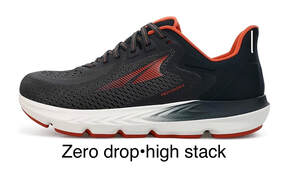
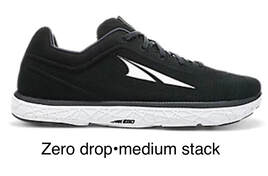
Stack Height (see pictures above)
The stack height refers to the amount of shoe midsole between your foot and the ground. Barefoot and minimalist style shoes have the lowest stack heights between 3-12 mm in height. The reduced amount of cushion in the midsole allows for more shoe flexibility. The lower the cushion the more likely you are to land on your forefoot or midfoot leading to an increase in loading of the achilles tendon and calf muscles, which will also reduce stress placed on the knees while running.
A traditional running shoe will have a stack height around 10-29 mm in height and is what we typically think of when referring to running shoes. This allows for a wide range of flexibility and cushion.
Most shoes over 30mm in height are considered maximalist shoes. These will be highly cushioned and are easily spotted on the roads or trails. A maximalist shoe provides just that: maximal cushion with a lot of foam under the foot. The increase in cushion under the heel can lead to great heel striking, which will load the knee and hips more than the foot and calf muscles.
Toe Box Width
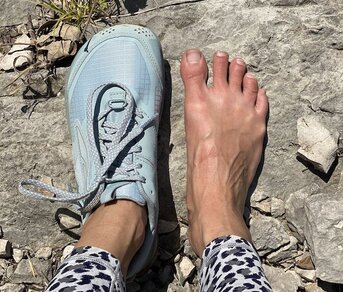
Looking at a running shoe, we want to have as much room as possible in the front of the shoe for the toes to spread out without feeling blousy or loose. Consider your distance and terrain surface for running. As your feet swell with an increased running distance, you may want a larger toe box if you are running ultramarathons. If you are trail running, a really loose shoe may limit your stability on loose gravel or uneven surfaces. You want ample room for your toes to spread and create a stable base of support for landing while running without creating slippage of the foot in the shoe.
Big Toe Mobility
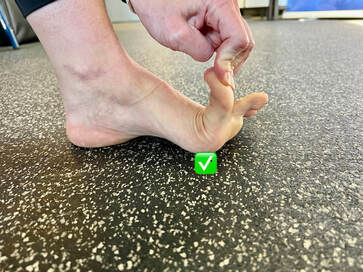

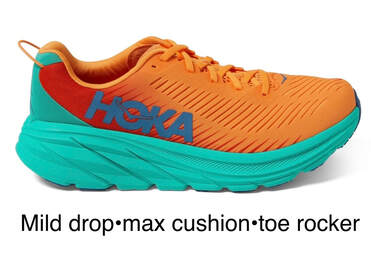
Big toe stiffness can affect comfort and function while running. If you have big toe extension limitations, a large midsole drop height (info above) will create pretension of your big toe into extension. If you already have a limited range of motion, a large drop height can create more problems and pain in the toe as you try to generate toe off while running. Going to a zero drop shoe, or a shoe with more of a forefoot rocker, can allow for more comfortable toe off while running.
Neutral vs. Stability/Motion Control Shoe
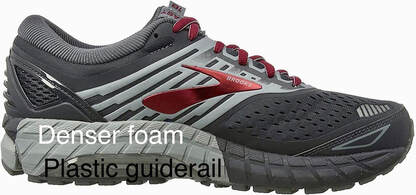
Neutral shoes have no added bracing or foam density on the instep of the shoe to limit foot and ankle motion while running. Shoes with motion control or stability added to the midsole will have more dense foam or a plastic component added to the inside of the heel and arch area to reduce perceived pronation while landing. However, if you have a good strike pattern or stay on the outside of your foot, a motion control shoe can create more problems by not allowing the normal amount of motion to occur while running.
Time to Buy
When in doubt go to your local running store and try on different types of shoes. The associates at a good running store will be able to help you distinguish what type of shoe will fit your foot best. Looking at a shoe online to determine if it will work for you can lead to fit and function issues. If you find a pair of shoes that feel great and help you run pain free, stick to them. Shoe molds and uppers can change with a new version, so when in doubt go find a pair at a local store to try them on.
I hope this helps, and feel free to reach out with any questions you may have. Happy running!
Thanks for reading,
Sam Gillespie PT, DPT, OCS
Let us help you figure out to live your best active life today!
Remember, Movement is Medicine!

